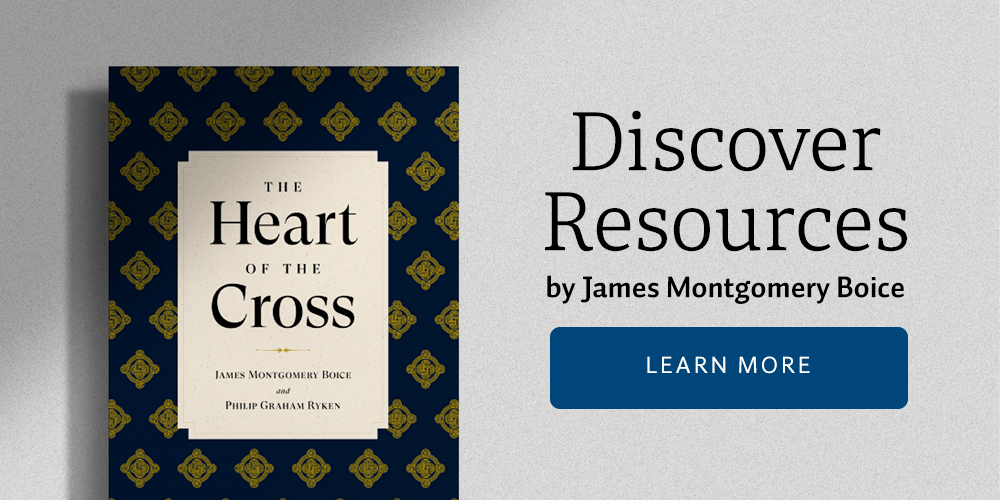He trusts in God; let God deliver him now, if he desires him. For he said, ‘I am the Son of God.’”
That is the straightforward account. But this is where we have to stop and go back over it in our minds imagination, remembering that this is what Jesus did for us. We can hardly imagine it, and the gospel writers do not describe it in detail, as I have said. But perhaps we can think of a lacerated body bleeding from head to foot, his form so marred that he is hardly recognizable, even to his friends. No representation of Jesus’ crucifixion that I have ever seen, even by the greatest of artists, does justice to this horror. They are all too clean, too sterile. This was bloody and vulgar, ugly and repulsive. Yet this was the Son of God! Think of that and try to understand something of the horror of your sin and of the grace, love, mercy, and compassion of our God.
Do you understand that it was for you that Jesus did this? And not just as an example of how to endure great suffering. That was not it at all. The point is that Jesus endured the agonies of the cross in your place. The cross was God’s punishment for your sins, and when Jesus cried out, “My God, my God, why have you forsaken me?” it was for you that his eternally ancient bond with the Father was broken. We find this theme again and again in the Bible. “He himself bore our sins in his body on the tree, so that we might die to sins and live for righteousness; by his wounds you have been healed” (1 Peter 2:24). “For Christ died for sins once for all, the righteous for the unrighteous, to bring you to God” (1 Peter 3:18). “God made him who had no sin to be sin for us, so that in him we might become the righteousness of God” (2 Corinthians 5:21). “Christ redeemed us from the curse of the law by becoming a curse for us…” (Galatians 3:13). “So Christ was sacrificed once to take away the sins of many people…” (Hebrews 9:28). Best of all, perhaps, this great text from Isaiah: But he was pierced for our transgressions, he was crushed for our iniquities; the punishment that brought us peace was upon him, and by his wounds we are healed. We all, like sheep, have gone astray, each of us has turned to his own way; and the Lord has laid on him the iniquity of us all (Isaiah 53:5, 6).
The great evangelical Anglican bishop John Charles Ryle, who refers to these texts, drives their point home. “Was he scourged? It was that ‘through his stripes we might be healed.’ Was he condemned, though innocent? It was that we might we acquitted, though guilty. Did he wear a crown of thorns? It was that we might wear the crown of glory. Was he stripped of his raiment? It was that we might be clothed in everlasting righteousness. Was he mocked and reviled? It was that we might be honored and blessed. Was he reckoned a malefactor, and numbered among transgressors? It was that we might be reckoned innocent, and justified from all sin. Was he declared unable to save himself? It was that he might be able to save others to the uttermost, Did he die at last, and that the most painful and disgraceful of deaths? It was that we might live for evermore, and be exalted to the highest glory.”1
Let us never forget these things. Substitution! A vicarious atonement! These texts and the doctrines that express them are the very foundation of the gospel.
1 John Charles Ryle, Expository Thoughts on the Gospels: St. Matthew (Cambridge: James Clarke Co., 1974), p. 392.






